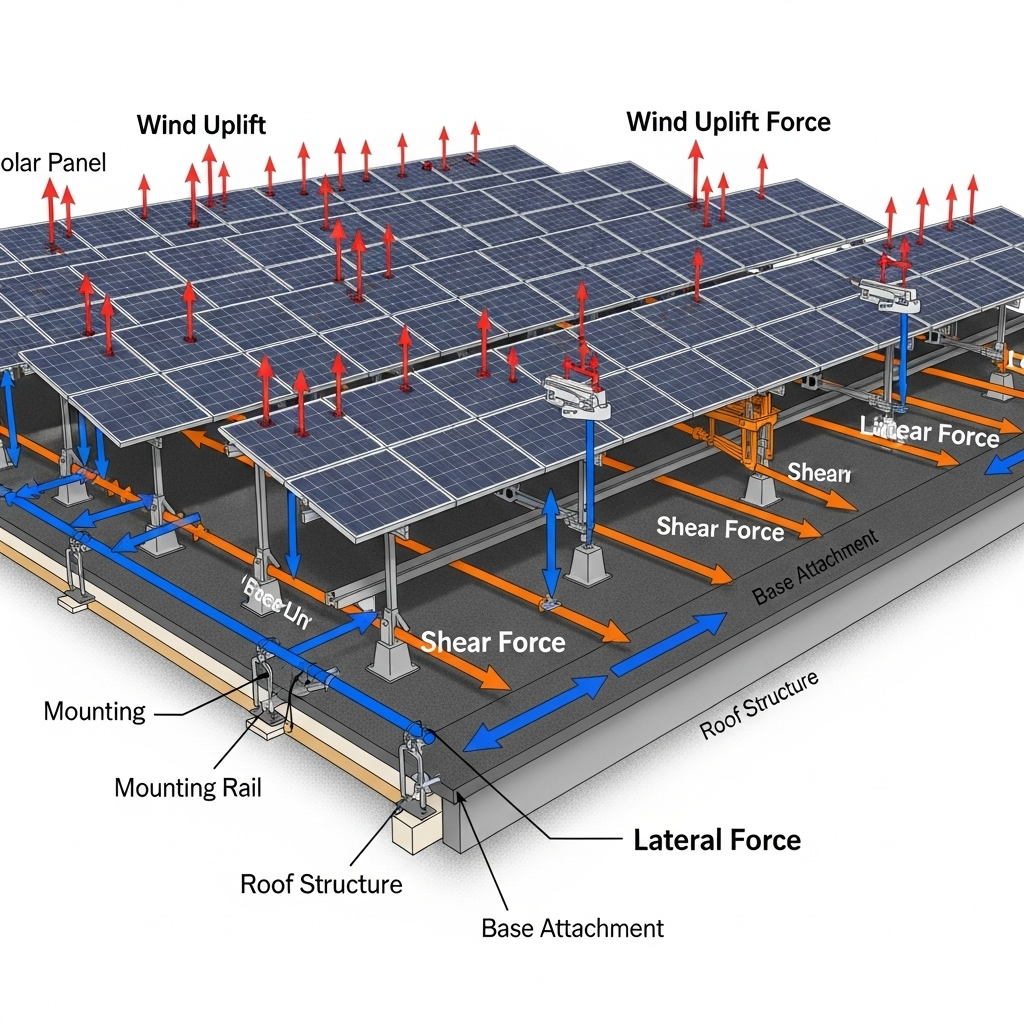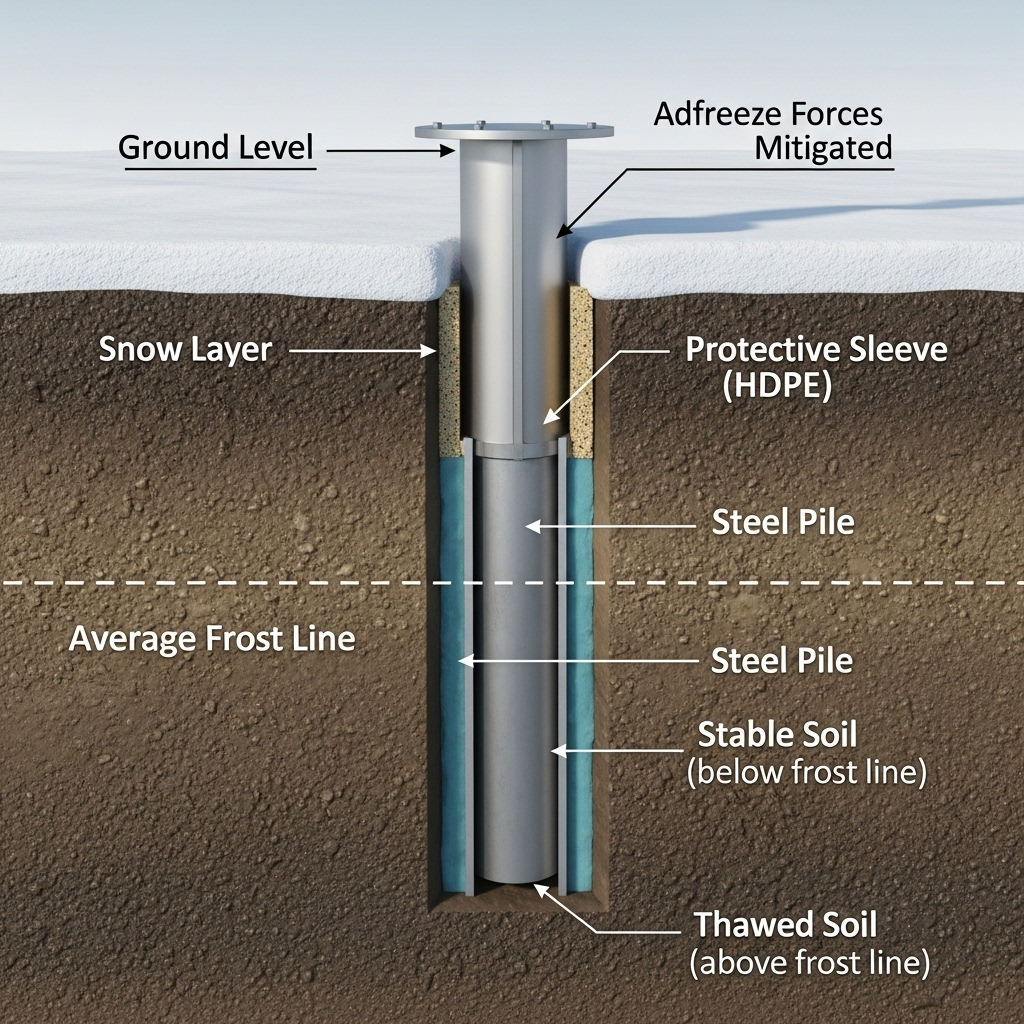After years of designing and auditing ground-mount PV plants, I’m often asked whether bifacial modules on single-axis trackers truly outperform the models. The short answer: they do—when engineered and installed for the rear side. Below I separate marketing myths from field-proven realities, so you can predict yield with clear eyes and design choices that actually hold up on site.
Understanding the Core Technologies
How Single-Axis Trackers Increase Yield
A single-axis tracker follows the sun east-to-west, keeping modules near optimal incidence over more hours than fixed-tilt. Across high-irradiance locations, independent studies report annual production boosts on the order of 12–25% versus fixed-tilt, primarily from improved angle-of-incidence and a flatter midday clipping profile.
The Principle of Bifacial Solar Panels
Bifacial modules harvest light on both faces. The front converts direct beam and diffuse light; the rear collects reflected and diffuse light from surroundings. Rear-side energy depends strongly on albedo (ground reflectivity), array height, row spacing, and any objects that cast shadows on the rear side (torque tubes, wiring, combiner boxes).
The Synergy: Why the Combo Works
Trackers typically mount modules higher and vary tilt through the day, which increases the rear side’s view of the ground and sky dome. That geometry, combined with adequate row spacing, allows more reflected and diffuse light to reach the rear surface—so bifacial on trackers often beats the simple sum of their standalone gains.
Key Drivers of Total Energy Yield
- Ground albedo: Higher reflectivity raises rear-side current and total kWh.
- Module height & row spacing: More clearance and less mutual shading improve rear-side view factors.
- Rear-side shading control: Torque tubes, cable runs, and junction boxes must avoid persistent line shadows.
- Backsheet transparency & bifaciality factor: Device-level parameters influence how much rear light converts to current.
| Ground Surface | Typical Albedo (%) | Potential Bifacial Gain (%) |
|---|---|---|
| Dark soil / dry grass | 10–20% | 5–8% |
| Light-colored gravel | 25–40% | 10–18% |
| White sand | 40–60% | 18–25% |
| Fresh snow | 80–90% | 25–30%+ |
Note: Values are indicative; actual gains depend on site geometry, climate, and maintenance.
Modeling vs. Measurements
In my reviews, well-executed bifacial tracker arrays deliver an additional ~5–15% over monofacial trackers, with the upper end occurring at high-albedo sites or where row spacing and height are generous. Models are useful, but assumptions about albedo, soiling, rear-side shading, and mismatch must be validated in the field to avoid optimistic forecasts.
Design and Optimization for Maximum Output
Ground Preparation and Albedo Enhancement
Treat the ground as an optical component. Light gravel or purpose-made reflective membranes can lift rear irradiance. I run a simple sensitivity: a 10-point albedo increase (e.g., 25%→35%) can move rear-side gains from ~10–12% to ~14–17% if the array height and spacing are supportive. The economics depend on material and maintenance costs versus incremental kWh.
Structural and Electrical Details that Matter
- Use torque-tube shapes and mounting hardware that minimize rear occlusions.
- Route cables tight to the frame and perpendicular to cell strings to reduce persistent line shadows.
- Verify tracker backtracking and shading algorithms align with bifacial objectives, not just front-side clipping control.
Controls, Storage, and the Yield Shape
Trackers flatten and extend the production curve. That profile pairs well with storage for peak shaving, energy shifting, and ramp-rate control. System-level modeling that couples PV, bifacial effects, and batteries provides a more realistic view of financial outcomes than PV-only simulations.
The Economic Equation
LCOE and Practical Trade-Offs
Bifacial trackers usually cost more, but the extra kWh spreads over the asset life, often lowering LCOE. Where albedo is low or spacing is constrained, gains compress—sometimes a monofacial tracker or even fixed-tilt can win. I pressure-test each site with conservative albedo and shading assumptions, then size spacing and height to the best net present value rather than chasing peak percentage gains.
O&M and Bankability
Modern trackers have improved reliability. I recommend rear-side IR scans during commissioning, periodic cable-shadow audits, and albedo checks after major site work. Stable operations data builds confidence with financiers and tightens the gap between modeled and actual performance.
Bringing It All Together
The combination of bifacial modules and single-axis trackers is neither hype nor a universal silver bullet. It’s a high-performing configuration when the site, geometry, and rear-side optics are intentionally engineered. With realistic albedo assumptions, disciplined shading control, and field validation, I’ve seen these systems deliver durable energy gains and stronger project economics.
References for Further Reading
- International Energy Agency: Clean Energy Innovation
- NREL: Inverter and PV system reliability considerations
- IEEE Xplore: Bifacial PV performance and tracker interaction (various papers)
Disclaimer: This article reflects professional field experience and published research. It is for educational purposes only, not financial advice. Validate assumptions with site-specific engineering and measurements.




Leave a comment
All comments are moderated before being published.
This site is protected by hCaptcha and the hCaptcha Privacy Policy and Terms of Service apply.